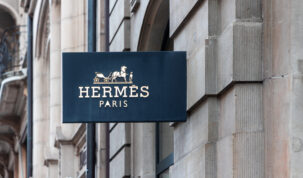Danish courts are traditionally reluctant to ask preliminary questions on the interpretation of EU-legislation. Recently, the Supreme Court has done so, and quite comprehensively. During the 1990’s there were countless cases all over Europe regarding repackaging of products, especially medicines and printer toner cartridges, after parallel imports from one state to another. This case is a new product area: composite gas bottles and it does not contain aspects of parallel imports.
Put shortly, company A sold gas in composite bottles with a distinct shape. These bottles were trademark registered but A was not the proprietor of the registration, only the exclusive licensee.
The bottles with contents were sold to the consumers. Upon refilling the empty bottle the consumer would return the bottle to A and receive a new, full one or the bottle would be refilled. Competitor B was in the same line of business and refilled bottles as well. The bottles from A were also refilled by B and a sticker was affixed which indicated that it had been refilled by B.
The Central Court (formerly the European Court of Justice, ECJ) is yet to pass its ruling but the Advocate General has given her opinion. Traditionally, the Court will most likely follow this opinion.
The suggested ruling is that A, as proprietor of the trademarked bottle cannot prevent B from refilling their bottle provided that it is clearly stated that the refilled bottle does not contain gas from A (the affixed sticker) and provided that the bottle has been put on the market legally by A. So in this case A is not going to get the backing of the Central Court, nor the Danish Supreme Court; B has most likely not infringed A’s registered trademarks.
This case shows that you have to be diligent in all links of the sales chain; a trademark registration does not necessarily give the owner complete control over the entire retail chain. However, if the packaging had been well known, say, a Coca Cola bottle or a distinct and well known perfume bottle, would the outcome then have been the same? Probably not. This would give raise to consumer confusion and you cannot avoid this provided the container that your competitor sells his products in is well known. The shape in itself is decoded by the consumer as being e.g. Coca Cola – long before any stickers are read.
The gas seller A would probably be in the clear had he not sold the bottles to the consumers but instead licensed the use to the consumers. Then the bottles would still be A’s property and out of bounds for B.
Even though repackaging has been debated and ruled on endlessly over the last twenty years this shows that the area still can stir emotions. I will report back here on the blog once this gassy drama comes to an end.
Thorbjørn Swanstrøm, Attorney at Law



